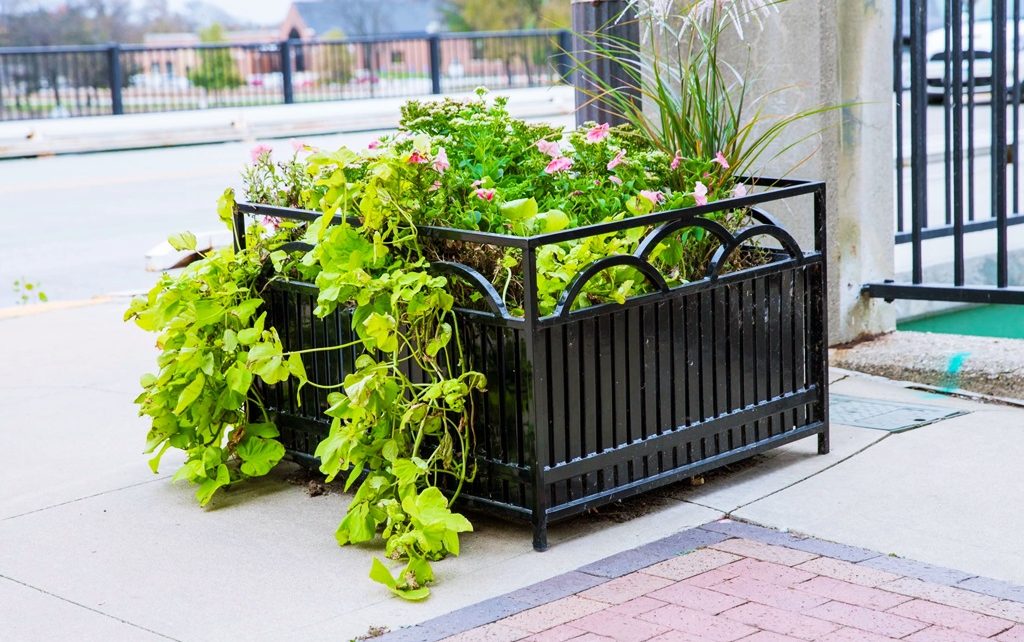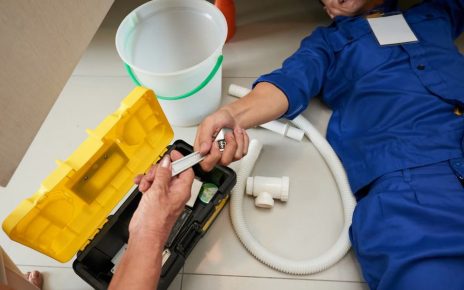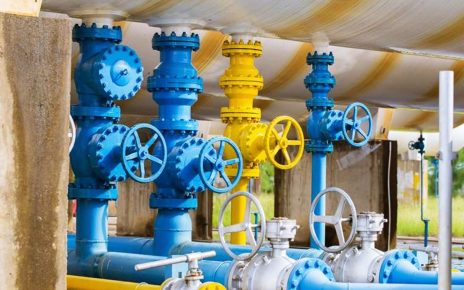Welcome to our comprehensive guide on planter drainage!
Understanding the significance of appropriate planter drainage is essential for obtaining healthy and vibrant plants, regardless of whether you’re a professional landscaper or just getting started with gardening.
Everything you need to know about planter drainage systems, including the advantages, frequent issues, and solutions, will be covered in this book. We’ll also provide expert tips on how to choose the right drainage system for your garden and maximize its efficiency.
From sustainable landscaping practices to cutting-edge drainage techniques, this guide is your ultimate resource for all things planter drainage. So whether you’re dealing with a troublesome flooding issue or looking to optimize your garden’s growth potential, read on to discover the secrets of perfect planter drainage!
Table of Contents
Introduction
Drainage in planters refers to the implementation of effective drainage systems specifically designed for plant containers or pots. Proper drainage is crucial in planters to prevent waterlogging and promote healthy plant growth. Planter Drainage involves the incorporation of drainage holes, drainage layers, or specialized drainage systems to ensure excess water can escape from the planter. This helps to prevent root rot, water accumulation, and other issues that can negatively impact plant health. By providing adequate drainage in planters, it supports optimal plant growth and contributes to the overall success of gardening or landscaping projects.
Planter drains are an essential component of any landscaping project. Whether you’re designing a commercial property, a public park, or a residential garden, proper drainage is critical for ensuring healthy plants and protecting against water damage. Everything you need to know about planter drains, including their types, design factors, installation procedure, and maintenance, will be covered in this article.
I. Types of Planter Drains
There are two main types of planter drains: surface and subsurface.
- Surface drains are typically used to manage runoff from paved surfaces, such as sidewalks and parking lots. Catch basins, which collect water and debris, are connected to underground pipes that carry the water away from the site.
- Subsurface drains, on the other hand, are designed to manage water that seeps into the soil beneath the planting surface. French drains, which are gravel-filled trenches with perforated pipes at the bottom, are the most common type of subsurface drain. Trench drains, which are similar but shallower and wider, are also used in some situations.
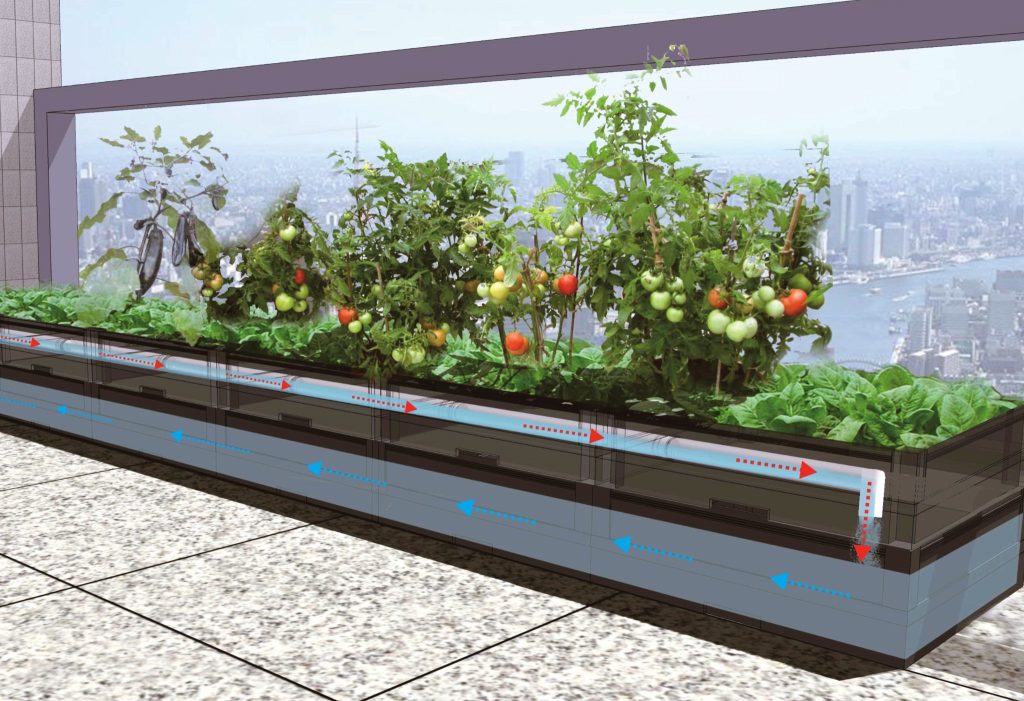
II. Design Considerations for Planter Drains
When designing a planter drainage system, several factors must be taken into account to ensure optimal performance. These include drainage capacity, soil type and depth, planting medium, and slope and grade.
The amount of water that can pass through the drainage system without producing flooding or erosion is referred to as the drainage capacity. It is based on the soil’s hydraulic conductivity and the water flow rate. Soil type and depth affect how quickly water can penetrate the soil and reach the drainage system, while the planting medium impacts soil porosity and permeability. Slope and grade influence water movement across the site and must be carefully considered during grading design.
III. Installation Process for Planter Drains
Installing planter drains involves several steps, starting with site preparation. This typically involves excavation and site grading to ensure proper drainage flow. Once the site is prepared, drainage materials such as aggregate, gravel, and pipes are chosen based on the design considerations discussed earlier.
Installing drainage pipes is a critical step in the process. Perforated pipes, which allow water to enter from all sides, are typically used in French drains. Geotextile fabric can be added around the pipes to prevent soil from clogging the system. Non-woven fabrics or geotextiles can also be used as filter fabric to prevent debris from entering the pipes. Finally, backfilling and compaction of the soil completes the installation process.
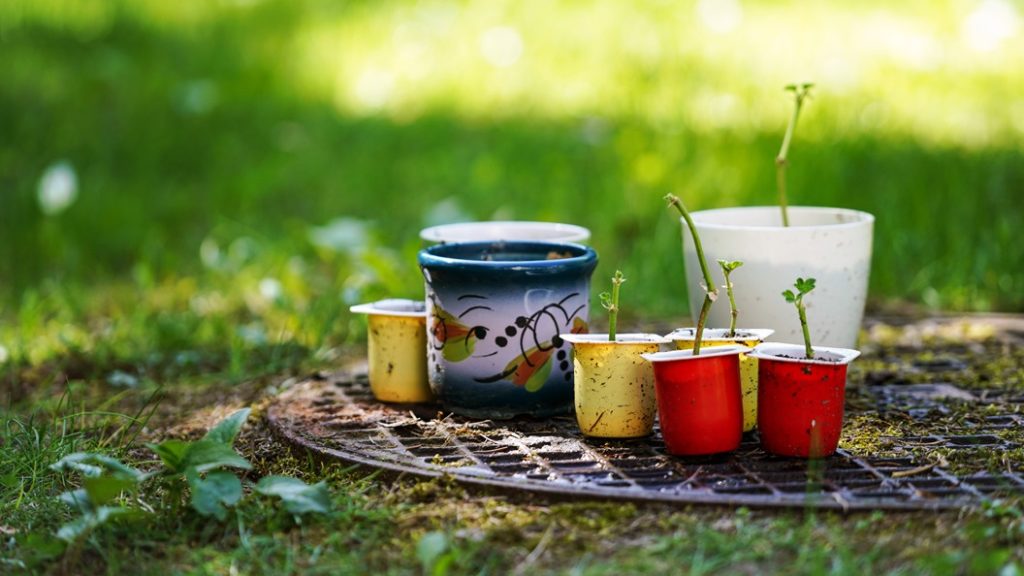
IV. Maintenance and Upkeep of Planter Drains
Regular maintenance and upkeep are essential for ensuring that planter drains function correctly. This includes regular inspections, cleaning, flushing, repairing damages, and replacing components. To make sure the system stays in good shape, a maintenance schedule should be created and frequent visual checks should be carried out. Jetting, vacuuming, and flush carts can be used to clean and flush the system. Root intrusion and pipe damage should be repaired promptly, and damaged components should be replaced as needed.

Frequently Asked Questions
Why is planter drainage important?
Proper drainage is essential for healthy plant growth and preventing water damage to your property. Excess water can cause soil erosion, root rot, and nutrient loss if not properly drained.
What are the different types of planter drains?
Surface and subsurface planter drains are the two primary types of planter drains. Subsurface drains handle water that seeps into the soil beneath the planted surface, whereas surface drains collect runoff from paved surfaces.
How should I go about selecting the best planter drainage system for my garden?
The drainage capacity required, soil type and depth, and slope and grade of the site all play a role in selecting the best planter drainage system. To find the optimum method for your individual needs, contact with a professional landscaper or drainage specialist.
What are some of the most typical planter drainage issues?
Clogged pipes, insufficient drainage capacity, incorrect grading, and root incursion are all common planter drainage issues. These issues can lead to water accumulation, soil erosion, and potential damage to your property.
How can I maintain and upkeep my planter drainage system?
Regular maintenance and upkeep are crucial for ensuring optimal planter drainage performance. This includes regular inspections, cleaning, flushing, repairs, and component replacements as needed. A maintenance schedule should be established and followed consistently to prevent issues from arising.
Conclusion
Finally, a planter drainage system is required for every landscaping project. The system will perform well and safeguard against water damage if it is designed, installed, and maintained correctly. You may build a beautiful, healthy, and sustainable landscape by following the rules provided in this article.

